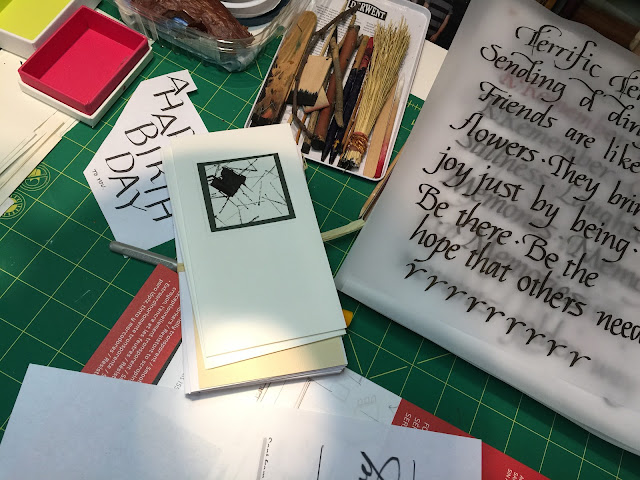 |
| Montara State Beach |
The forecast predicted rain and big waves last Tuesday. We found a few sprinkles on our car as we left San Francisco to go back down the coast to Aptos. Fog instead of rain was in its usual place south of the city. By 11 a.m., though, the fog lifted, and we looked up at blue skies, no rain in sight. Then we turned to look down on the ocean by our side. The waves were as predicted, crashing against the rocks near the shore and spreading across the beaches like a wedding veil. The edges of the lacey water stayed in place and sank into the wet sand as the rest of the water receded. Some waves traveled as far as the ocean wall near our car.
To reach most of the beaches along this stretch of the Pacific Coast means a long trek down two-to-three-story flights of wooden stairs, worn smooth by the weather, or by meandering down sandy pathways to reach the beaches where we could spread our towels and watch the soothing waves. Tuesday the waves were anything but soothing, letting us know once again how powerful nature can be. Locals along the beach said that Tuesday's wave action isn't unusual in winter. After all, north of Half Moon Bay, the Mavericks surfing competition takes place when the big waves are at their peak in November through January. But the big waves on Tuesday (some predicted as tall as 16 feet) in early fall were different. They were a surprise and seemed to come out of nowhere.
 |
| Rio Del Mar Beach by Bill Slavin |
Later in the day, we drove down to Rio Del Mar Beach, one of the few beaches with walk-on access to the sand. The day before we walked along the edges of the waves leaving plenty of dry sand where most people gathered for picnics and to play games. The beaches are strewn with detritus left from the fierce winter storms we had last year. Massive, bleached, wave-softened tree trunks litter the area. All along the beaches from Santa Cruz to Manresa, people constructed tepees with these thrown-about-like-straw logs, draping the tepees with towels to provide shelter from the sun.
 |
| Rio Del Mar Beach Photo by Bill Slavin |
Yellow tape and metal fences clung to the top edge of the sea wall warning walkers along a walking trail away from climbing down the rocks and trees to the beach. During previous visits to Rio del Mar, an inlet stopped at the dry sand and a ramp led us down to the beach. Once on the sand, we could stop and watch the seagulls, pelicans, and other shore birds as they searched for food along the softly breaking waves.
Today as walked away from our car, the beach was mostly gone, inundated with pools of water that joined with the inlet to cut off the ramp down to the beach. The seagulls, usually swimming in the inlet water, were bunched in one higher sandy area and did not move when a person walked through their midst.
.jpeg) |
| Pescadero Beach Photo by Bill Slavin |
We stared at the crashing waves in wonder. The waves, not so high as further north, still crashed with fury just below the dry sand lip. Once a wave came in, we expected it to rapidly withdraw, instead the water spread slowly over the lip and out on the dry sand towards the man-made sea walls. We marveled at how easily the coast can change from unseen forces such as faraway storms. I remembered advice from my childhood: Never turn your back on the ocean.







%20Panorama%20copy.jpeg)








.jpeg)



.jpeg)

